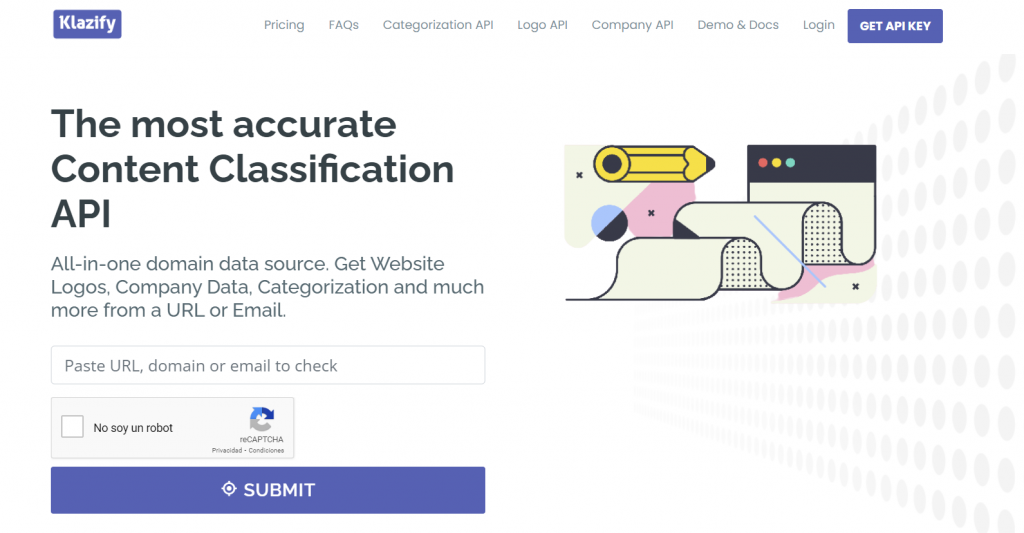Data is at the heart of any effective B2B sales approach. We require high-quality business data to guide our sales efforts and point us in the right direction. So if you are looking for ways to make this process more efficient, stay on.
The issue with firm databases is that they are frequently out of date and incomplete. In other words, it’s useless. For salespeople, this means spending more time researching leads rather than selling to them.
So, are there any ways to make this process faster, more efficient and less time-consuming? Indeed, there are. But let’s start by defining data enrichment.
What Does Data Enrichment Entail?
The process of adding details to existing contact or company information is known as data enrichment. It’s all about filling in the blanks with crucial information to construct a “richer,” more complete profile.

What makes this procedure so valuable? You get a few details about a lead when you initially capture it, such as the name, email address, and firm. However, qualifying a lead and planning a tailored outreach effort are rarely adequate. Data enrichment provides greater context to each opportunity by supplementing or upgrading lead data. And the more information you have on a lead, the more likely you are to convert them.
Uses For Data Enrichment
- Identify and eliminate form fields that discourage people from completing the form
Did you realize that requesting a phone number reduces lead generation form conversion by 5%? Certain information, such as Twitter and LinkedIn profiles, address, and so forth, is often withheld from leads. You don’t have to force it out of them right now with data enrichment. You can get it on your own. Simply delete the form fields that aren’t conducive to conversion and you’ll obtain more leads.
- Segment and organize data
Data enrichment can be used to organize unorganized, poorly structured data by concentrating on the most important data for the company and emphasizing data quality.
You can choose the data points and sources you wish to pull information from, separate leads into groups based on shared criteria after you get the data and create email lists and target consumers for adverts using the segments. After that, you’re ready to launch focused outreach initiatives.
- Improved customization
You can personalize email outreach with the information and insights gained from enriched company data. By speaking directly to a prospect’s requirements, you can get their attention.
Examples Of Data Enrichment
Here are some examples of the kinds of data that can be used to enrich a database:
- Information to contact can be found on a company’s website or professional profile
- Search outcomes
- Social media profiles for businesses
- LinkedIn profiles of employees (then find a valid emails with an email finder)
- Followers on social media
3 Options For Data Enrichment

So, now that you know what data enrichment can achieve, how do you go about doing it? In general, there are three approaches for enriching B2B data:
- Web scraping: it is the automated extraction of vast amounts of data from the internet. It’s a cost-effective and scalable solution to expand a database. It can be used to import data from the internet into a CRM or spreadsheet.
- Manual research: this entails searching for leads on Google, LinkedIn, or corporate websites, and then entering the data into a spreadsheet or database.
- Data enrichment tools or services: they can serve for a variety of purposes such as gathering data from third parties on the internet; organizing, cleaning, and formatting data; and combining data from several sources.
We know you might be feeling a bit overwhelmed. It’s difficult to know which API is best for you when there are so many on the internet. We recognize how tough it is to locate an API that functions similarly or provides real-time data. As a consequence, we’ve chosen to propose Klazify as the best fit for your needs.
Why Should You Use Klazify?

Klazify allows you to enrich your data in real time. To utilize this service, all you need is an email address, a URL, or a domain name. This API may provide you with company data such as employee revenue ranges, logo APIs, location, tags, applications used, and industry type. The data is up to date and accurate.
Using industry-leading technology such as machine learning (ML) and natural language processing, this API evaluates a website’s content and meta tags for the text and divides it into up to three groups (NLP).
Klazify uses the same technologies as Facebook, Pinterest, and other large ad networks to create over 385 topic groupings. JSON, Python, and Ruby are among the programming languages that can access the data.
How to Begin
Simply follow these simple instructions to get started with Klazify.
1. Get an API key from www.klazify.com.
2. Paste the URL, domain, email address, or text to be categorized into the supplied box, then click the submit button to confirm that you are not a robot.
3. The API response will be delivered in the programming language of your choice. JSON, Python, and PHP are all used by Klazify.
4. Choose the best outcome and save it. You’re free to do whatever you want with it after that.
For additional details, go to FAQKlazify.

